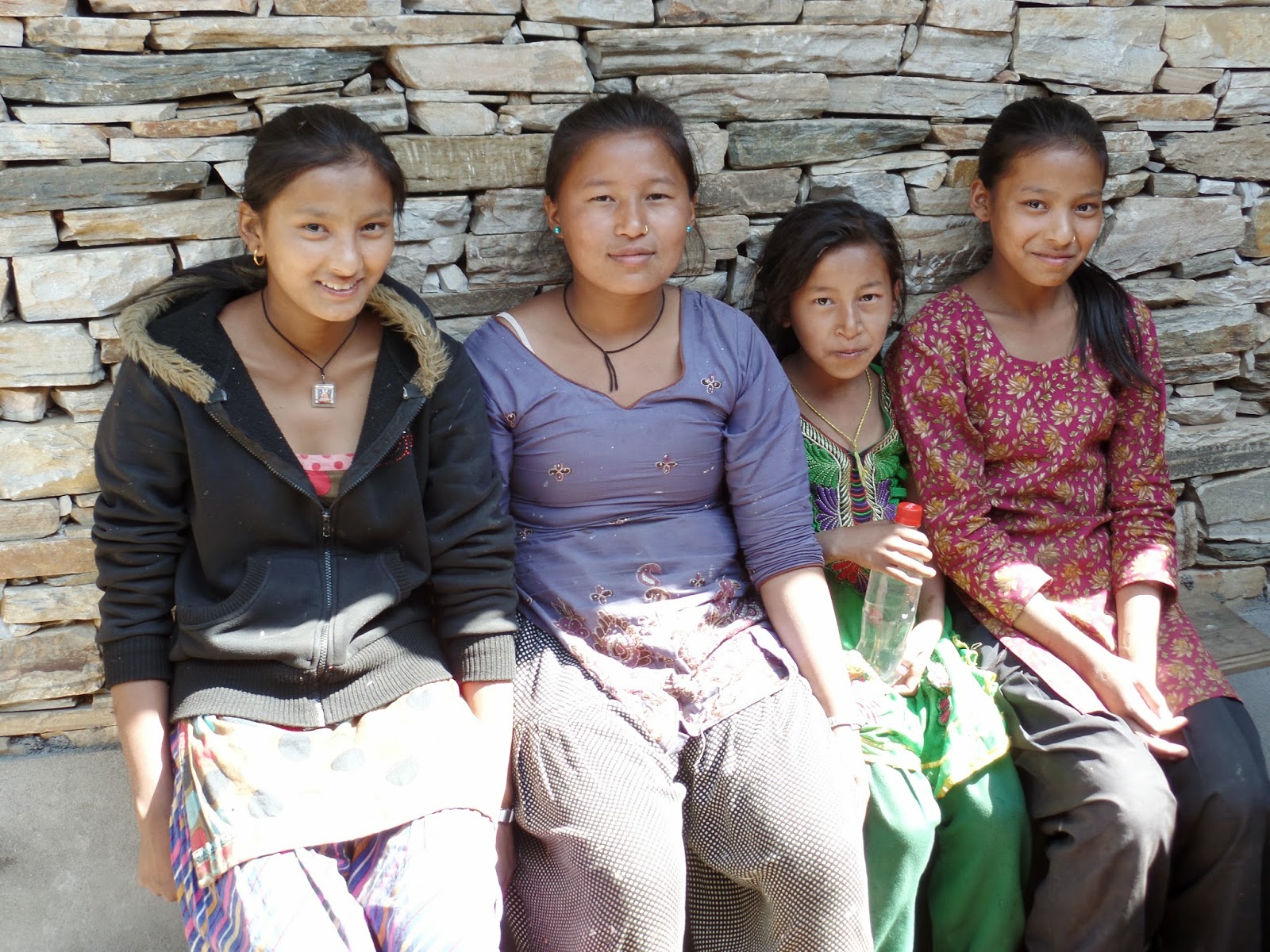In the previous post, I identified some issues that required addressing and so further to the outcomes of the January training program, I can happily report on the latest activities.
I travelled to Mirge and conducted a further THRASS training session on April 6th. This training was attended by Phulkaji Tamang (Project partner and English Teacher Group facilitator), Punya Dahal (KHSS), Karna Sherpa (Yarsa Primary) and Shova Dahal (Balkalyam PS).
 |
| Phulkaji helping Punya with IPA |
All participants engaged in learning about the International Phonetic Alphabet (IPA) and how they could use this system, in combination with a dictionary, to self - learn the pronunciation of new vocabulary. If the teachers learnt the IPA, then there pronunciation of the phonemes and THRASS key grapheme words would be improved. The trainees were shown mobile Apps and online sources to help learn the IPA. The most useful being the Macmillan App - Sounds of English. Phulkaji, who already had a working knowledge of the IPA, offered to coach teachers at the monthly English Group meetings.
The next part of the training focused on the sequence of learning and the lesson plans that had been produced after the previous training session. In an attempt to clarify the purpose and function of THRASS, the program was divided into two parts. Part A referred to learning the phonemes, graphemes and THRASS keywords on the chart. This was the primary objective of the lesson plans which were reframed into three stages, 1 - ECD and Class 1, 2 - Class 2 and stage 3 - class 3, to facilitate an easier understanding of the importance of sequenced learning of the chart. The second part, B, concentrated on using the THRASS as an explicit teaching tool for teaching spelling, reading and oral language skills.
 |
| Karna and Shova using IPA |
Following a number of demonstrations and practices, it was clear that the teachers were not ready to embrace THRASS as a tool just at that moment. Further personal development of pronunciation skills and functional knowledge of the charts was required before they felt confident or competent enough to use it as a tool.
As a result, we agreed that after another six months of personal learning and teaching the charts to the students, we could embark on Part B and develop skills to use THRASS as a phonetic tool for explicit teaching of spelling and reading as well as developing oral language skills.
Finally, we allocated classes at each respective school to the appropriate stage for the next session, committed to use English Teachers Group meetings to share, collaborate and improve each other's skills, and teach the Chart to the students by December (Poush). We have now scheduled the next training for December (Poush) when we will tackle Part B - using THRASS as a tool.
So overall, we move forward gradually and confidently towards a successful implementation of THRASS to Mirge schools. Our most effective tool will be the monthly English Teacher Group Meetings and the leadership of Phulkaji where peer support will ensure effective development of skills and knowledge.












